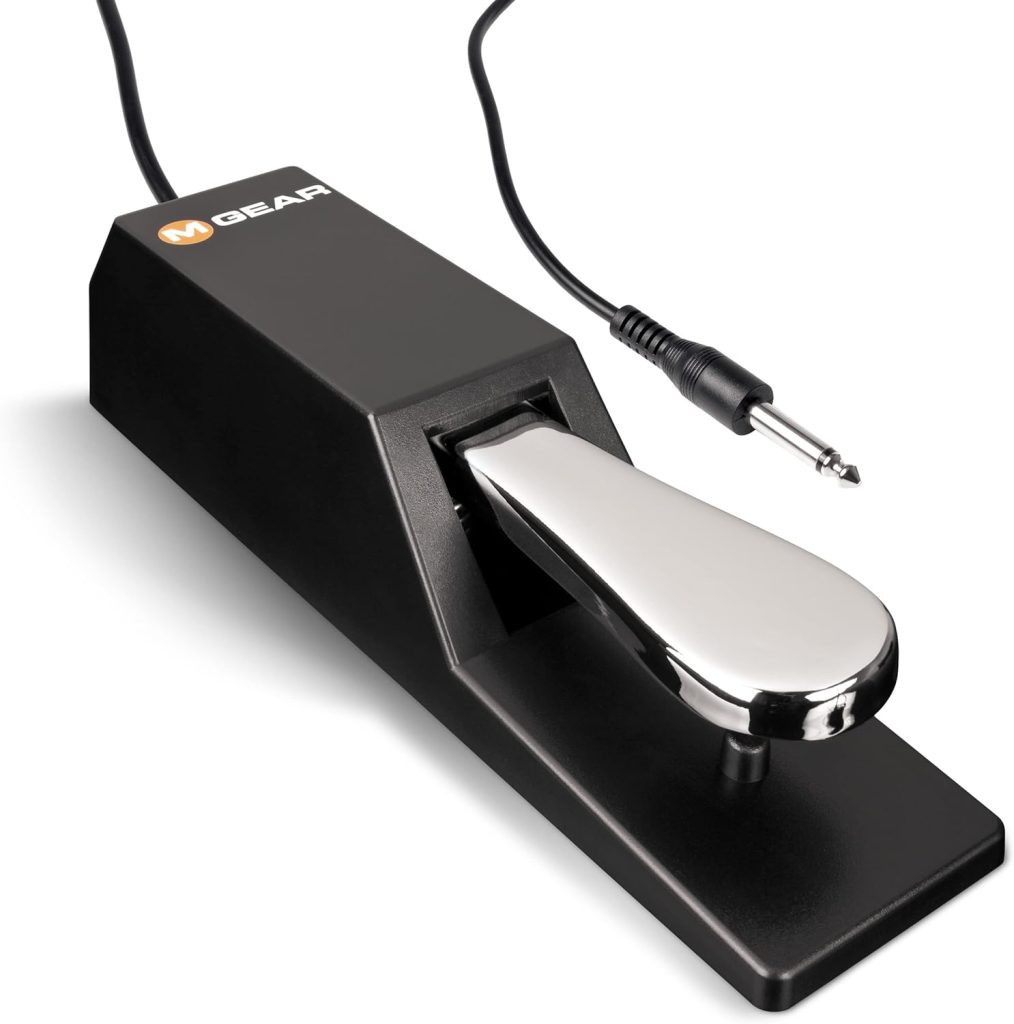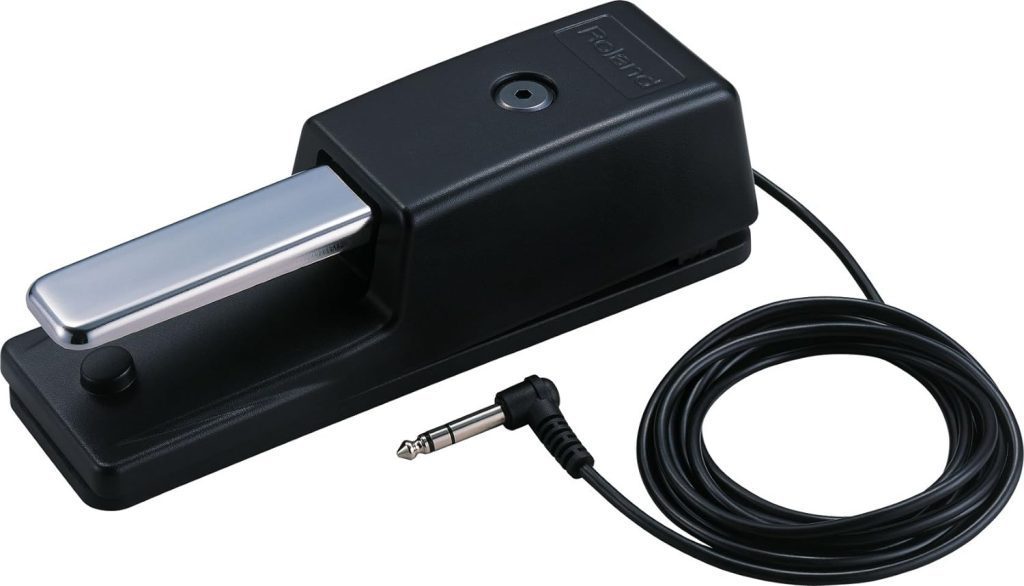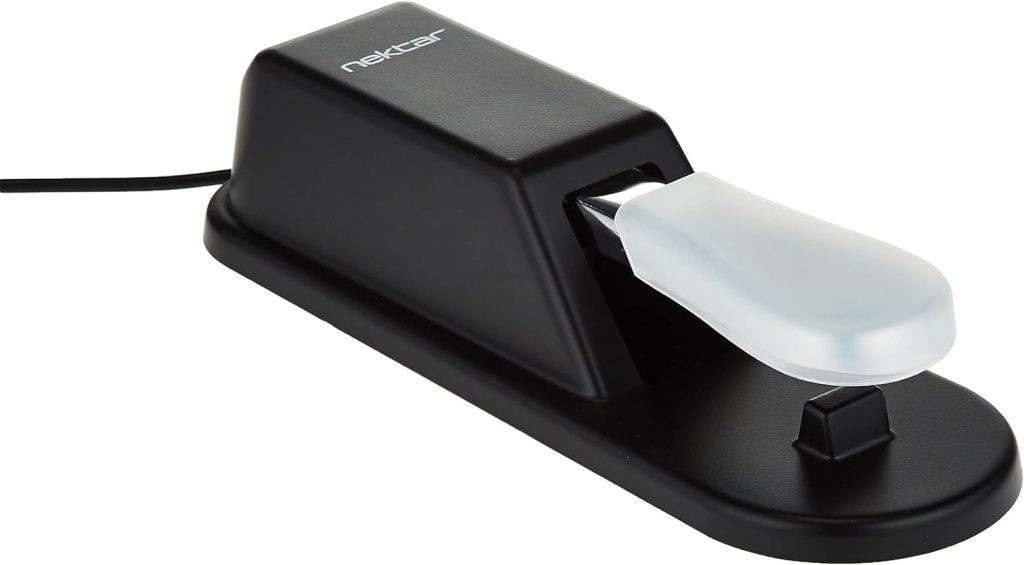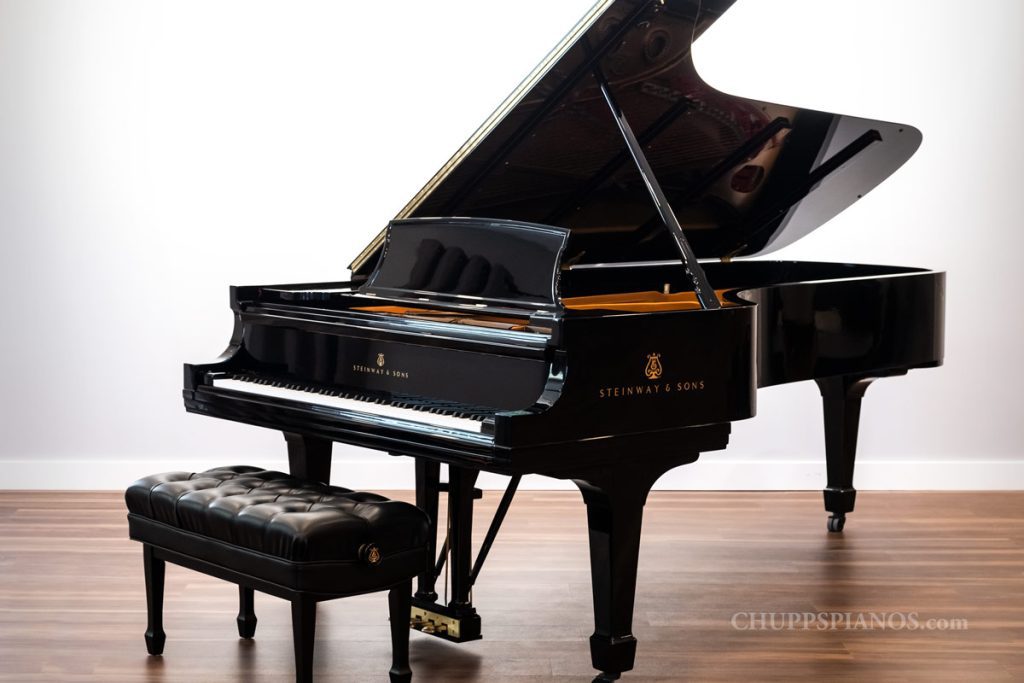Playing the piano is all about creating beautiful, expressive music. A sustained pedal for piano is an essential accessory that can help you achieve that goal. It allows you to hold notes for longer, giving your playing a rich, full sound. But not all sustain pedals are created equal. In this guide, we’ll take a look at the key features to consider when choosing a sustain pedal and highlight the best sustain pedals on the market.
About Sustain Pedal
A sustain pedal is a device that allows you to sustain notes or chords after you release the keys. When pressed, it lifts the dampers off the strings, allowing them to vibrate and produce sound without being muted. Releasing the pedal lowers the dampers back onto the strings, ending the sustain effect. Sustain pedals come in various designs, with some resembling a traditional piano pedal and others taking on a more modern look.
The sustain pedal adds a layer of depth and expressiveness to your playing. It enables you to play legato phrases smoothly and sustain chords for as long as you need, creating a more beautiful and dynamic sound. Using a sustained pedal can make a significant difference in your playing, giving you greater control over the expression of your music. It’s a necessary accessory for professional and intermediate pianos.
Top Picks Among The Best Sustain Pedals
Yamaha FC5A
This is a reliable and durable sustain pedal that is compatible with a wide range of keyboards.
M-Audio SP-2
This sustain pedal is well-built and has a realistic pedal feel, making it a popular choice for many pianists.
Roland DP-10
The DP-10 has a sturdy build and a comfortable pedal feel, making it ideal for extended playing sessions.
Korg PS-1
This is a compact and lightweight sustain pedal that is perfect for musicians on the go.
Nektar NP-2
The NP-2 has a long cable and a sturdy build, making it a great choice for studio use.
Key Features to Consider
- Compatibility – Make sure the sustain pedal you choose is compatible with your piano keyboard.
- Build Quality – Look for a sustain pedal with a sturdy build quality that will withstand regular use.
- Pedal Feel – The pedal should have a comfortable and responsive feel under your foot.
- Polarities – Check whether your keyboard requires a normally open or normally closed sustain pedal.
- Cable Length – Make sure the cable length is long enough to reach your keyboard.
How to Use A Sustain Pedal
- Positioning: Ensure your foot comfortably rests on the pedal. You should be able to depress and release it smoothly without causing strain.
- Timing: Understand the timing of when to press and release the pedal. Typically, you’ll press the pedal immediately after striking the keys and release it just before playing the next set of notes or at a musically appropriate moment.
- Half-Pedaling: Familiarize yourself with the technique of half-pedaling. This involves pressing the pedal down halfway to achieve a subtle sustain effect rather than a full sustain. It provides a nuanced touch to your playing, especially in more intricate pieces.
- Experimentation: Experiment with the length and depth of the sustain. Different pieces of music may require varying durations of sustain, so adjust accordingly to achieve the desired effect.
- Listening: Train your ear to listen for the resonance and tonal quality produced when using the sustain pedal. This will help you determine when to use it for maximum effect, especially in pieces that have sustained passages or chords.
- Avoid Muddiness: Be cautious not to overuse the pedal, as it can create a muddled or blurred sound if held down continuously. Lift the pedal intermittently, especially when playing fast passages or staccato notes, to maintain clarity.
- Transition Smoothly: Practice transitioning smoothly between pedal changes. This involves lifting and pressing the pedal in a fluid motion to ensure seamless transitions between chords or notes.
- Pedal Markings: Pay attention to pedal markings in sheet music if available. These markings guide when to press and release the pedal according to the composer’s intentions.
- Practice: Dedicate time to practice using the sustain pedal effectively. Focus on pieces that require varying pedal techniques to enhance your skills and musicality.
- Emotional Expression: Utilize the sustain pedal to convey emotion and expression in your playing. Experiment with different pedal techniques to evoke the desired mood, whether it’s a sense of longing, warmth, intensity, or tranquility.
By mastering the use of the sustain pedal and incorporating it thoughtfully into your playing, you can elevate your piano performances and create a more immersive musical experience for both yourself and your audience.

Conclusion
A sustain pedal is an essential accessory for any pianist who wants to create a rich, full sound. By considering the key features outlined in this guide, you can choose the best sustain pedal for your needs and take your piano playing to the next level. Don’t settle for a subpar sustain pedal; elevate your playing with the best sustain pedals on the market.
FB Page: Classical Beast







